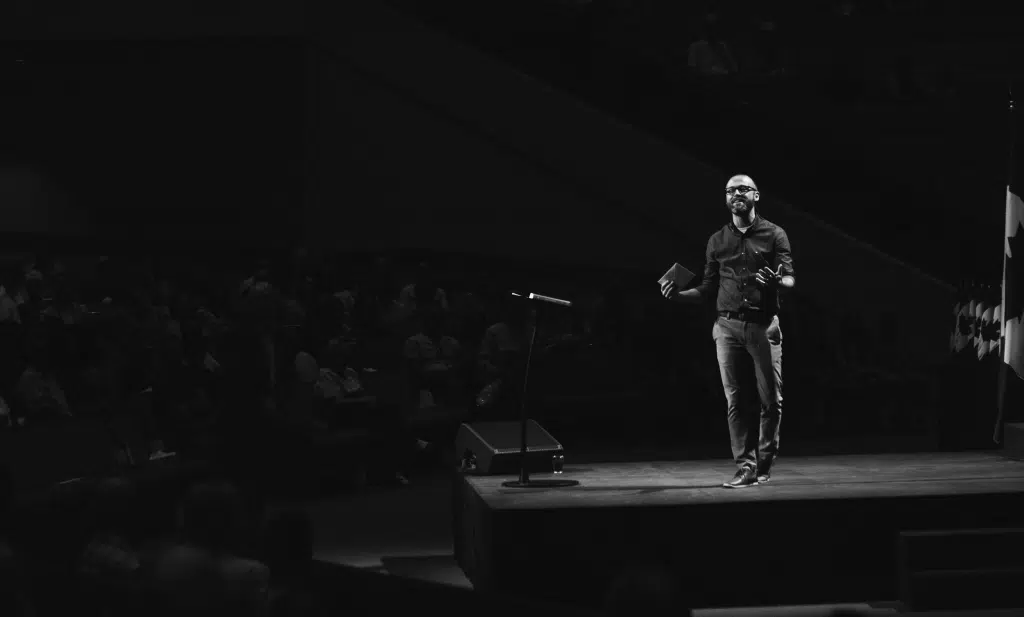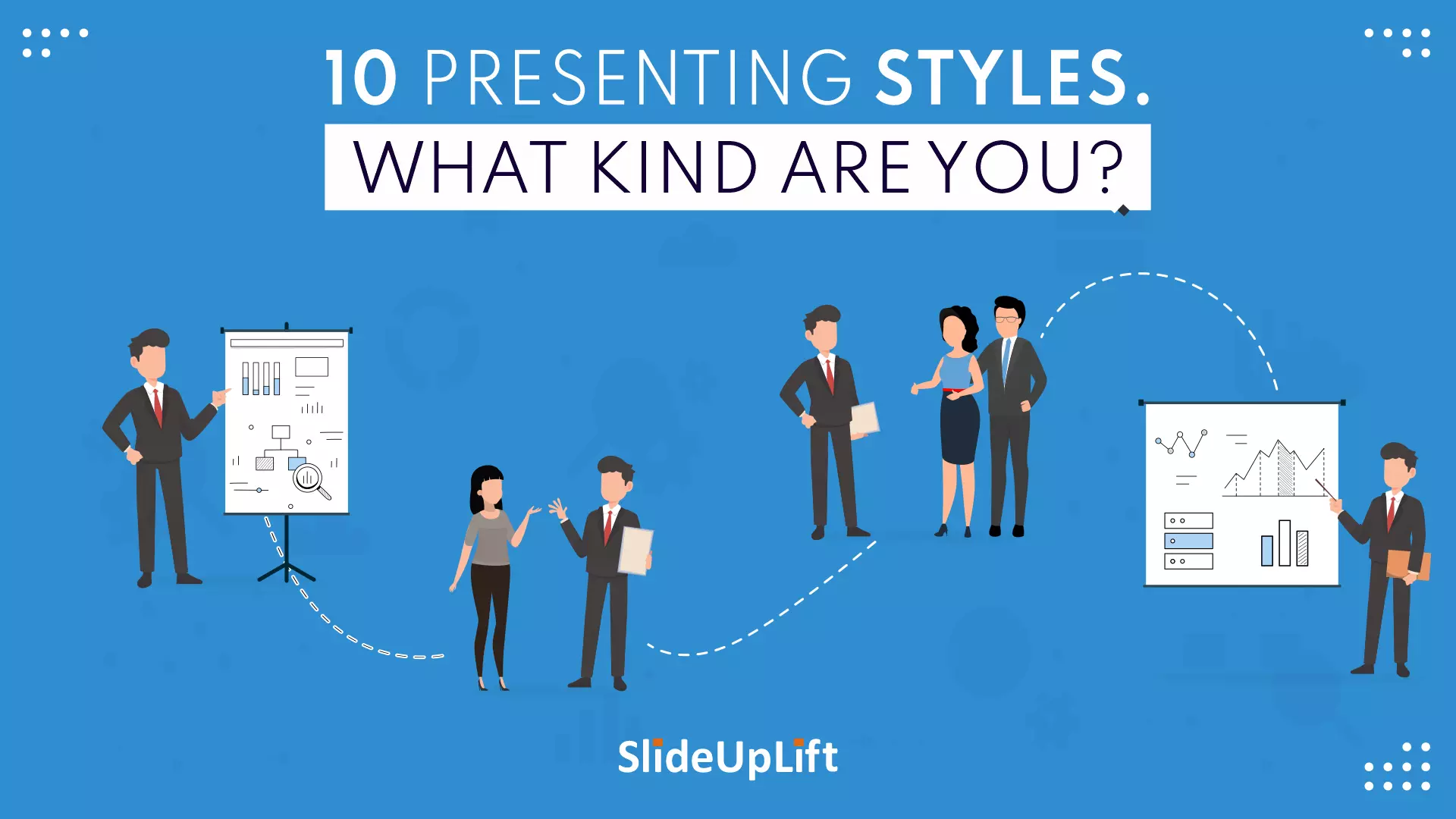What I learned about successful presentations after making many startup pitches
Internet is full of resources and guidebooks on how to make a great presentation. But when the time came to build my own startup pitch, I had a reality check. Turned out that I had grossly underestimated the amount of time, effort, and resources it took to build something remotely credible for my investors. Granted, I got some helpful advice: For example: dress sharp during the presentation or use the 3/3 rule but nothing quite prepared me for the unique needs of my startup pitch and the nature of the dialogue that occurs during a start-up presentation. When the time came, I was nervous, a bit uneasy but I eventually pulled it off with a successful pitch. I did a lot of research and introspection along the way. Thought I must share my experiences and the resources with my fellow entrepreneurs.
I found it very useful to think of my presentation as a stage performance — Every good stage performance has three parts:
The Story:
I cannot, cannot…and read my lips if you missed it- CANNOT overemphasize the importance of the storyline of your presentation.
But what is a story anyway?
A story is not what happens, what happens is the plot.
Neither is the story the drama involved in the plot. Then what is a story really?
A story has 4 clear elements:
- A protagonist
- Goals of the protagonist
- What’s at stake
- The spark that leads to the goal
Best storytellers in trade keep the users of their product as protagonists and speak to their deep-seated goals. They establish the stakes involved and lay out a clear, believable change path in the face of the conflicts that are likely to arise.
Not-so-good storytellers keep the narrative at a superficial level and lose the audience quickly.
Following are a couple of examples of startup decks I analyzed that followed this subtle methodology of storytelling.
Youtube:
This presentation cleverly used the key concepts of storytelling. Upfront establishes the problems of average internet users (protagonists)- how they cannot easily share big videos via email. The spark or the solution here is Youtube itself. At stake is the deep need to connect to the community – which apparently is very important to the protagonists.
The presenters then go on to make the solution believable in the face of technology difficulties by sharing how the solution works.
Uber:
They had a bit of a different approach to conveying their story. They considered humanity as a whole to be the protagonists of their story, Uber showed how old cabs are inefficient and are bad for the environment. This created an angle of, “doing things for the greater good.“
Their presentation related to problems that people face, like hailing a cab in the streets and not having a guaranteed pickup.
The goal of the protagonist, in this case, is to reach a place on time, but long waiting times, non-guaranteed pickup, and sub-standard services are in his way.
The change or spark of this story is Uber as the knight who comes at the end of the day and saves everyone from the impending catastrophe of not being able to find transportation just when it is needed.
If you like these ideas, we are just scratching the surface of this timeless art of storytelling. I have listed a few books which will help you master these skills:
- Pyramid Principle by Barbara Minto: This gem outlines a top-down approach to communicate ideas and is rigorously used by many premier consulting organizations.
- Ted Talks Storytelling by Akash Karia: The author hits the right notes by explaining methods of storytelling TED speakers deploy to make their presentations memorable.
- Wired For Story by Lisa Cron: This book is an interesting read and provides a really great perspective on the anatomy of storytelling.
The Props:
Props are basically all the resources and tools you are going to use to express your story. Think of it as a flame-breathing, ice-cold sword, No? Okay, you get the point right?
Your PowerPoint presentation is one of the biggest tools in your arsenal. It is one of the things that the investors have to face head-first- they will even ask you to send it ahead of time.
Once you have your story ready, you need to start working on the slides. The slides must look great and stand on their own.
But isn’t this a debate about Form versus function? In my humble view, BOTH are equally important. Especially when it is your own start-up, do you want to take a chance? At the very least, I personally think that bad form will distract your audience from the main messages that you have worked so hard to build.
The acid test for a good PowerPoint slide I like to use is whether it needs a presenter to present or can it stand on its own merit. Slides that require a presenter to showcase fall short on thinking, messaging, visuals, and often cause confusion in the minds of the recipient.
I would highly recommend signing up for a subscription with a PowerPoint slide template service like ours –SlideUplift. You will thank me for the hours you save by not building slides from scratch. If you are like me, graphic design is not your cup of tea- so leave it to the experts. Personally, I would much rather spend my time thinking of my story and how to prepare for the actual act.
View Value Proposition Template
View Business Strategy PowerPoint Template
View Customer Journey PowerPoint Template
View Timeline PowerPoint Template
These are some examples of the visuals that can give you a head start in your presentation-building journey.
The Act:
Now for the D-Day, no pressure but- Steve Jobs used to practice his Keynotes to death just to make sure that nothing goes awry.
I have compiled a list of hacks I have collected over the past couple of years that will definitely help anyone conquer their startup pitch. I have clubbed these hacks in three categories for easy reference and understanding:
Hook Your Audience:
The attention span of an average human is around 10-20 minutes and so, you have to hook your audience in the first few minutes.
- Pick a power spot: Believe it or not, there is something known as a power spot on the stage where you are presenting. This spot gives you the most eyeballs on the stage. Look it up and find it ahead of your meeting: usually, it is right in the front & middle of the stage you are presenting.
- Use personal stories: People love personal stuff- probably human curiosity-driven. I am not getting into the psychology of it but this will help you create a connection with the audience.
- Appeal to senses: As they say, the door to the soul is through the senses. Before your imagination goes wild, what I mean is that people respond far better to vivid details that evoke senses. Learn to say OAO: Ocular. Auditory, Olfactory. Say it with me: OAO. Provide vivid descriptions to help your audience nearly visualize, hear or smell what you are describing and you will get access to their souls.
Minimize Distractions:
Know thyself: You can be your worst enemy in the presentation. Here are some common pitfalls:
- All over the place, literally: When the presenter paces around in nervous motion- not only it evokes anxiety in the audience, but also, generates a certain kind of cringe that can be an antidote to your business idea.
- A walking cacophonic orchestra: Please take my advice and take out all that loose change in your pocket that creates motion-generated jangle and distraction(Besides, you don’t want to be associated with pocket change when pitching for a million-dollar idea ). Mute sounds other than those created by your vocal cords.
- Look Ma, no me: Some speakers want to hide in plain sight right in front of their slideshows. The audience faithfully proceeds to ignore the presenter and initiates a long-lasting stare at the screen with glazed eyes. When you are explaining something that doesn’t need the screen or when you are about to make a capstone point, please just shut it off (Use B button during the slideshow) Bask in the sunshine of attention. Enjoy it.
End Well:
Well begun is half done; but remember: All’s well that ends well. Often, the conclusion of an act defines the whole act. A story with a weak climax falls flat on its face, even if it had great moments leading to it. Put your heart and soul into your climax and conclusion of the presentation to energize the audience. If you took your audience through an emotional journey – the ending needs to be the crescendo of those emotions. Always end on a high note with positive, uplifting messages that leave an impact on the audience. Look up material on the web regarding making endings memorable
Conclusion:
In conclusion, tell a story with smart, rigorous preparation; communicate with passion and style. Be the ultimate protagonist, -the knight in the shining armor, who saves the princess – that your start-up is or deserves to be.
Now you don’t have to scour the web to find out the right templates. Download our PowerPoint Templates from within PowerPoint. See how?























